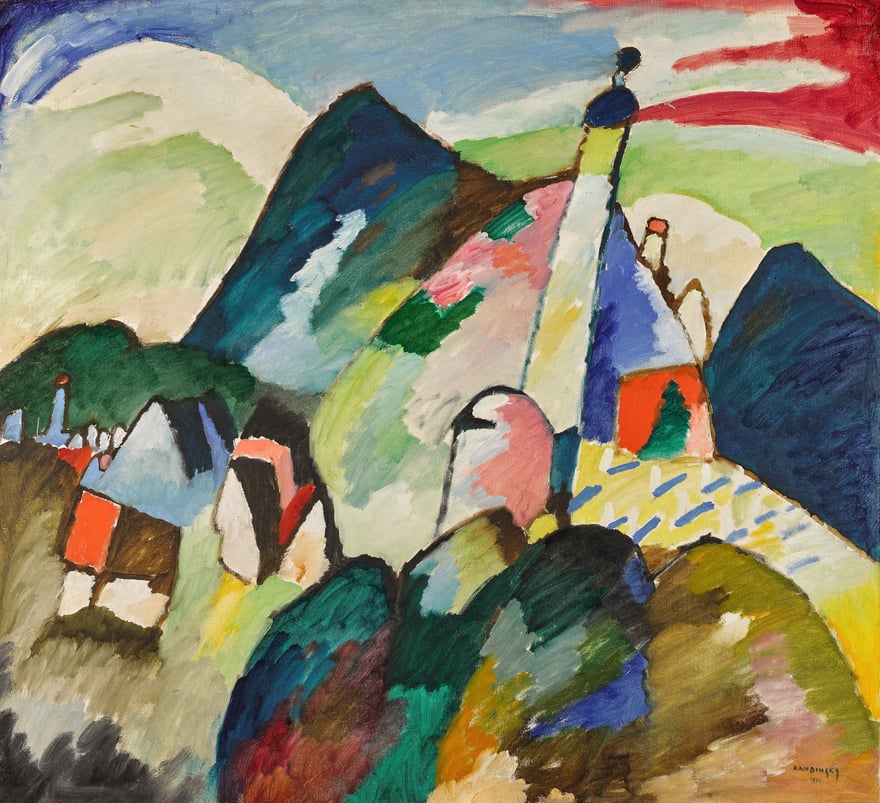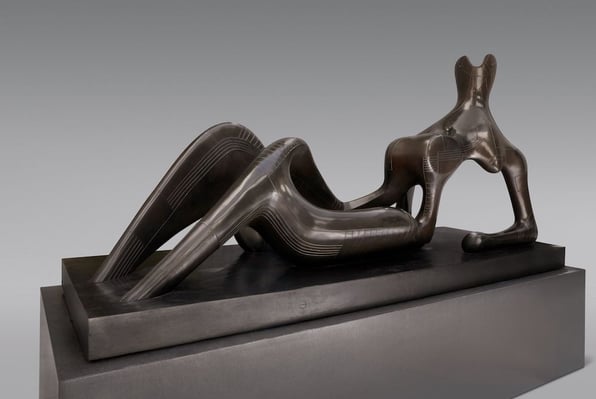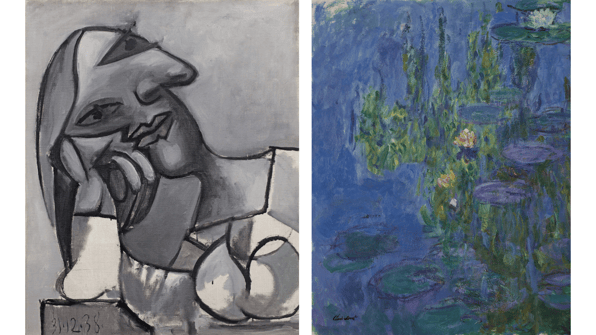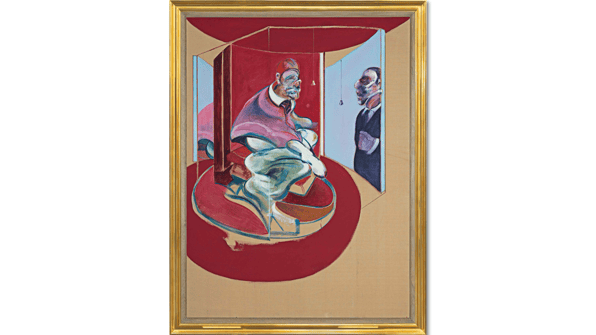Restituted Kandinsky Seeks $45m at Sotheby's
A 1910 landscape from the sought-after Murnau period to be sold to benefit heirs of Holocaust victims
Sotheby’s will offer a Kandinsky work from his famed Murnau period for what is likely to be a record price this March in their London sales. Murnau mit Kirche II from 1910 has been held in a Dutch museum since 1951. The work is being sold now because it has been restituted to the heirs of the Stern family. It’s expected to be sold for $45 million.
Siegbert Stern was a Berlin textile producer with a significant role in German social and cultural life, especially as a supporter of Jewish charities and engagement with important Jewish cultural figures like Franz Kafka and Martin Buber. He died in 1935 determined to remain in Berlin despite the rise of the Nazis. His wife Johanna fled to Holland and used the families art collection to survive during the Nazi occupation of the Netherlands. She was eventually murdered in Auschwitz. The Stern’s daughter Dolly was hidden by a Dutch family for two and a half years until the end of the war.
Wassily Kandinsky bought a house in Murnau, Germany in 1908. The Bavarian mountain home in the foothills of the Alps was a Summer refuge for the couple and their friends like Alexei Jawlensky. It was also the location of Kandinsky’s most important artistic evolution. In Murnau, Kandinsky fused what he learned from van Gogh about landscapes, from the Fauves about color and from Cézanne about the deconstruction of form. The result was a proto-abstraction that would become influential years later for titanic figures like Jackson Pollock and Willem de Kooning.
A decade ago, two pictures from 1909 set the record for Kandinsky. In 2012, Studie für Improvisation 8 from 1909 was auctioned for $23 million. The next year, Studie zu Improvisation 3 made $21 million. Four years later, Murnau, Landschaft mit Grunem Haus from 1909 made $26.5 million followed by Improvisation auf Mahagoni from 1910 sold for $24 million.
Those are all strong prices but hardly ones that would suggest a $45 million sale today. What’s changed? In first place, a Kandinsky from 1913 made $41 million in 2017 and a later work from the 1930s was sold for nearly $30 million in 2021. Neither of these works are from the Murnau period.
Other factors that might play a role in the pricing are the extraordinary restitution story that Sotheby’s has made a centerpiece of its marketing and publicity for the work. But there’s a market factor that will make the painting a market bellwether. The current market has reached something of a pricing stand off with buyers and sellers concerned about the direction of the broader global economy. That said, there’s the impression that strong demand remains for extraordinary works.
The London sales and the nearly simultaneous New York mid-season sales will be closely watched for pricing information up and down the value spectrum. If this work sells at the $45 million level or above it will provide market confidence even if it only offers market guidance for a tiny number of similar works.





